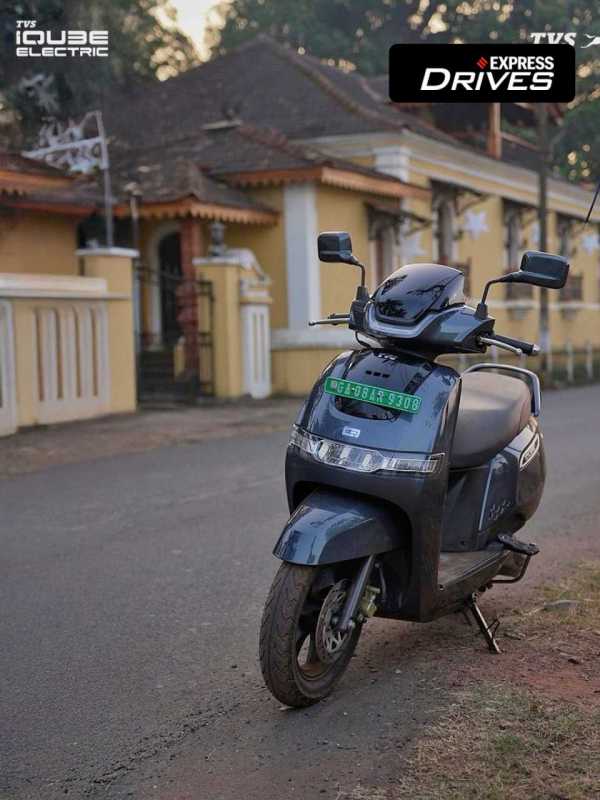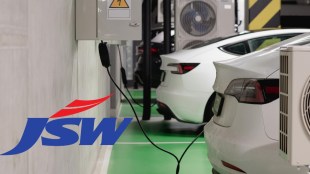Author: Krishna J. Jasti, CEO & Co-Founder, EVRE
Electric Vehicles (EVs) are the future of mobility. The government has yet again strengthened its resolve to promote EVs over conventional ICE vehicles by putting forth budgetary allocations that support them. It has pledged to aggravate the push to public transport in urban centres and create clean and sustainable mobility with special mobility zones having zero fossil fuel policy- promoting EV use.
It has also stated that it would formulate a battery swapping policy considering the space constraint for setting up charging stations in urban centres. In addition to this, the Hon’ble Finance Minister has declared that the private sector would be encouraged to develop sustainable and innovative business models for Batteries or Energy as a Service.
While the government’s intent and the steps it has suggested are indeed futuristic, addressing some factors is necessary to realise a seamless transition to EVs. The lack of EV charging infrastructure is one such problem that needs attention.
While the EV charging infrastructure in India is growing by the day, the government has sanctioned only 2877 EV charging stations in 68 urban centres, and 1576 charging stations have received a nod for operation on expressways and highways till December 2021. The number of active EVs in the country was around 8.77 lakhs last year.
On the one hand, favourable government policies like FAME-II and other Production Linked Incentives (PLI) have been encouraging manufacturers to increase EV production. On the other hand, buyers are getting attracted by the subsidiaries, and other benefits attached to the purchase of EVs, which could lead to a massive increase in this number soon. However, the lack of charging infrastructure can become a hurdle in this EV adoption path, and it is necessary to find a solution at the earliest.
The long charging duration of EVs and urban space constraint
Electric vehicles obtain power from Lithium-ion batteries that require charging at regular intervals. ICE vehicles also have fuel requirements, but there is a massive difference between the refuelling process of conventional automobiles and EVs.
Petrol or diesel-run vehicles can refuel within minutes; CNG cars would require 3-4 minutes for complete refuelling. However, an EV requires a minimum of half-an-hour charge to gain considerable power. Completely charging the battery may need a further longer period, which means that each EV would need a more extended parking duration at the charging station.
Battery swapping appears like a feasible solution to this problem; however, experts have raised safety concerns over the procedure involved.
The government has announced that it would bring a battery swapping policy this year; it would be interesting to see how the policymakers address the challenge of making it safe for direct consumers. Furthermore, conventional fuel stations can handle vehicles for a shorter duration. Remodelling them into EV charging stations is not a feasible idea. The long charging durations of EVs would render them clogged for hours which would mean that they would be able to cater to a limited number of vehicles in a day.
Realtors providing an electrifying makeover to the parking lot
There are limited government-owned public parking spaces in India. However, commercial complexes and residential societies developed by private realtors have large parking spaces. Realtors are not alien to this concept, and many leading developers are already exploring ways to electrify their projects.
Most of these parking spaces are polluted and filled with smog. Giving these spaces a sustainable facelift is possible by converting them into charging facilities. The availability of charging facilities at commercial and residential complexes is an attractive proposition for EV buyers as they would be saved from waiting at the public charging facilities. Their vehicles would get charged while they continue to lead their day to day life.
However, this fascinating proposition is not without hurdles. Several regulatory clearances may be required for operating EV charging facilities in residential complexes.
The government needs to bring up policies and frameworks to ensure regulation of these charging facilities. Furthermore, the power and energy connection problems in residential complexes could turn out to be a major challenge. Ironing out these problems is possible if the idea is incorporated at the planning stage. Realtors are engaging with charging solutions providers to rope in their expertise at the planning stage and make appropriate alterations in their wiring and grid capacities to provide effective electricity to power up these charging facilities. Not only this, but these electrified parking spaces can also create livelihood opportunities for operators, electricians and managers to monitor and manage them.
As the government has announced that it would encourage private players to develop sustainable and innovative business models for Batteries or Energy as a Service, it may roll out some incentives and schemes for the charging infrastructure providers soon. With appropriate government support, more and more realtors would adopt EV parking facilities which would usher in a new era of rapid EV adoption in India.
Disclaimer: The views and opinions expressed in this article are solely those of the original author. These views and opinions do not represent those of The Indian Express Group or its employees.



















